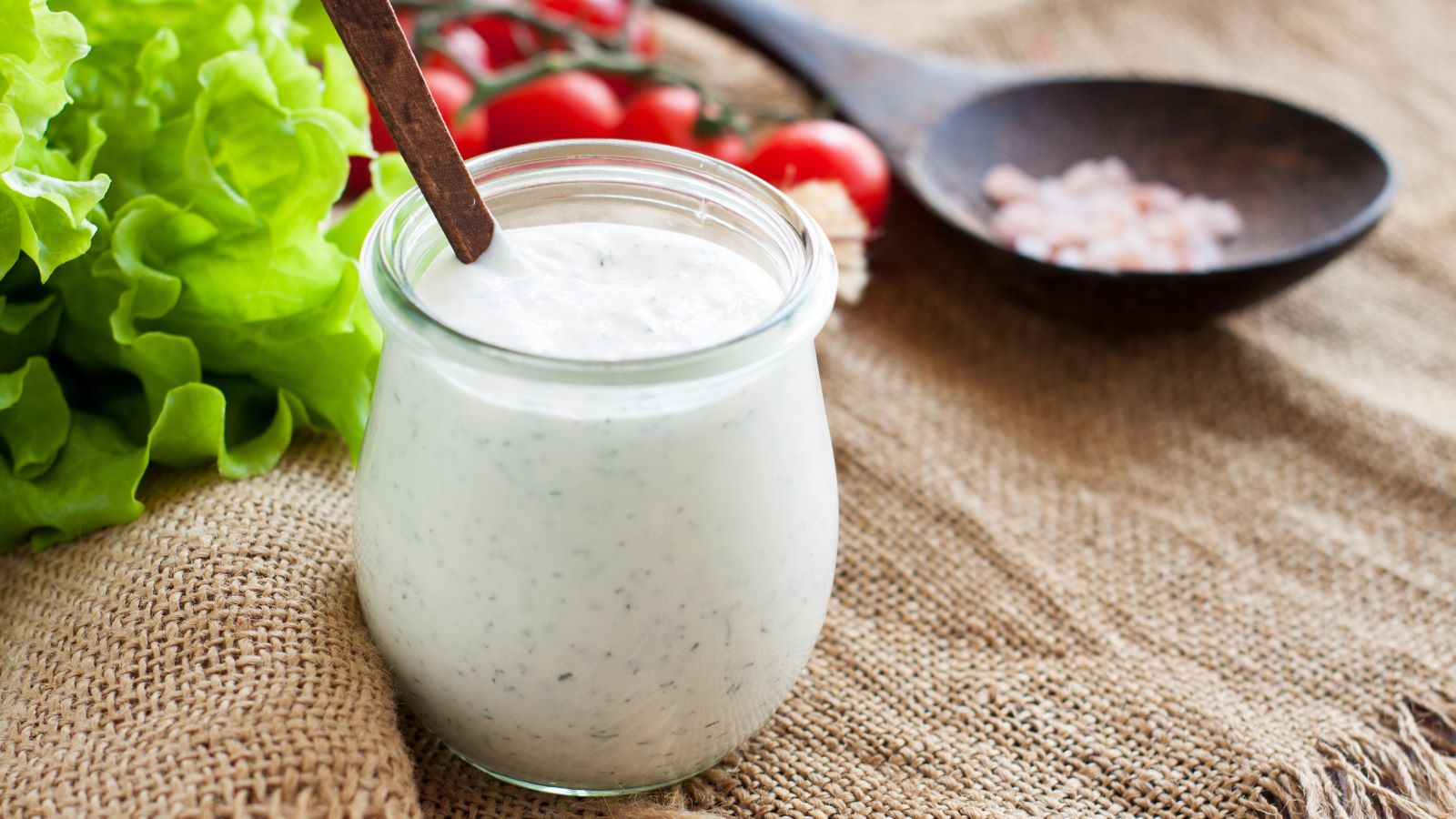<< Back
These Are the 3 Worst Salad Dressings for Your Health

October 27, 2023
From a creamy Caesar to a tangy vinaigrette, no salad feels complete until you’ve added your favorite dressing.
But could all that extra flavor come at a cost?
“It’s no secret that the dressing you choose can impact the health benefits of your salad,” says Jamie Allers, MS, a registered dietitian with Hartford HealthCare’s Digestive Health Institute. “But it isn’t make or break. The most important thing is just to be aware of the ingredients you’re choosing.”
So which salad dressings should you avoid? We asked Allers for the breakdown.
The three worst salad dressings for your diet.
First, the good news. According to Allers, no matter which salad dressing is your favorite, you can almost always find a healthy way to incorporate it.
But like always, that comes with a caveat. Depending on the ingredients, some dressings tend to be less healthy than others.
1. Caesar.
And at the top of that list? Caesar dressing.
Made up of mayonnaise, cheese, salt and oil (and all too often, anchovies), Caesar tends to be one of the least healthy options out there. Those ingredients cause it to be high in both saturated fats and sodium.
The bright side, though, is that Caesar has plenty of healthy versions available. But Allers reminds everyone to check the ingredients before trusting the label. While many “light” dressings are successful in reducing fat content, sodium content is often overlooked.
> Related: These Are the 3 Healthiest Salad Dressings
2. Thousand Island.
Next in line is Thousand Island.
Made with mayonnaise and ketchup, you can often find sugar listed as the first ingredient in Thousand Island dressing.
“It’s important to look out for added sugars in any dressing,” says Allers. “And when it comes to hidden sugars, be particularly careful with low fat dressings. These tend to make up for the lost fat by adding extra sugar for flavor.”
3. Blue cheese.
The delicious crumbles that make blue cheese dressing a fan favorite can also make it dangerous for a balanced diet.
Packed with sodium and saturated fat, this popular option can be full of extra calories. But if it’s your favorite dressing, there’s a silver lining – there are plenty of great substitutions out there.
“You can swap in Greek yogurt for the traditional sour cream and mayonnaise base,” says Allers. “You can also add lemon juice and herbs to get more flavor, without relying on salt.”
> Want more health news? Text StartHere to 85209 to sign up for text alerts
Moderation is key.
Like everything else, Allers says the trick is to enjoy salad dressing in moderation.
“Aim for one or two teaspoons of dressing per cup of salad,” she says. “If you’ve made it this far – you’re eating salads regularly, you’re choosing ingredients wisely – you’re already doing great.”
And remember – health isn’t one size fits all.
When asked if there were any specific ingredients to avoid, Allers had this to say.
“I always refrain from saying anything is off limits, or even that one food is inherently better than another. The reality is, health isn’t one size fits all.”
So don’t throw out your favorite salad dressing quite yet. If it helps you maintain healthy habits, it’s dietitian approved.